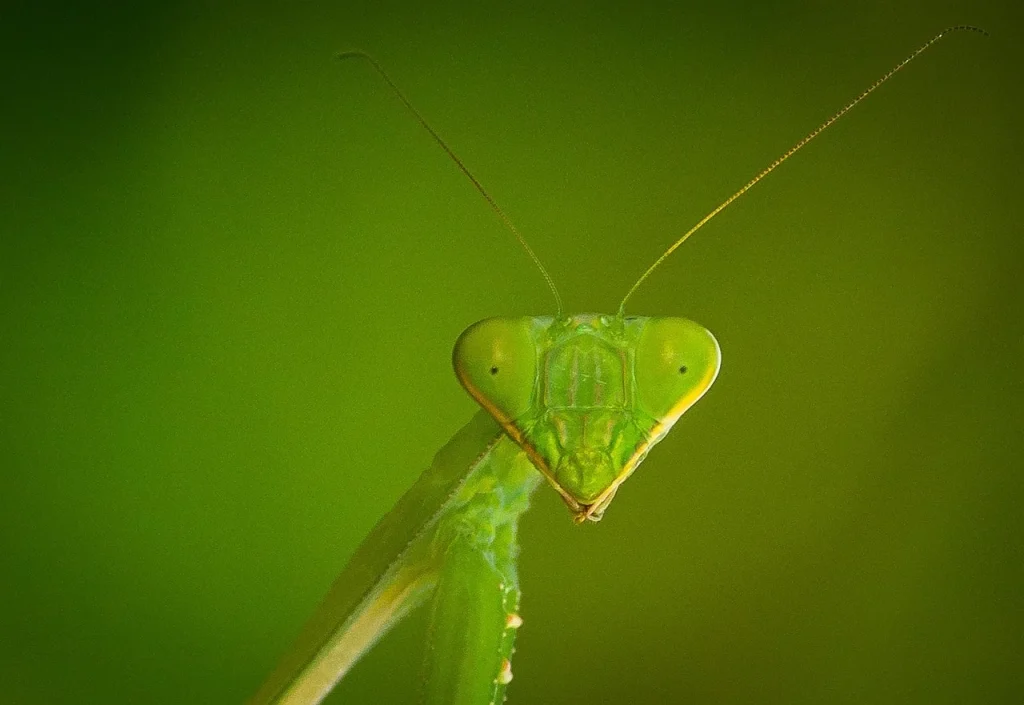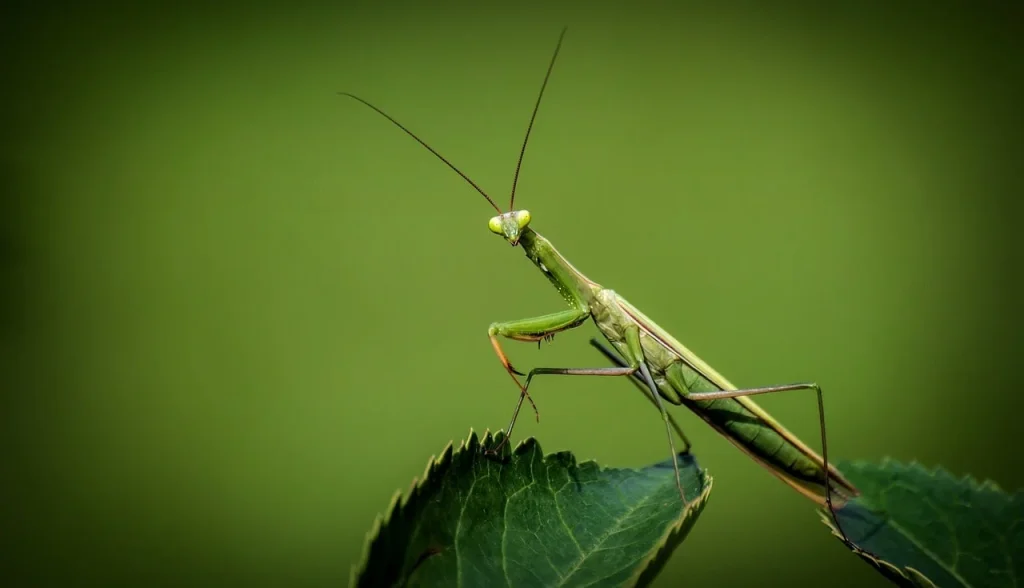
- This pouch is known as an ootheca and contains dozens to hundreds of eggs.
- After hatching, nymphs often eat each other in a brutal display of natural selection.
- Females can lay up to 400 eggs in a single ootheca.
- The lifespan of these insects is usually about a year, but it varies by species and environmental conditions.
- Due to their predatory nature, they are beneficial for controlling pests in gardens and farms.
- They can swivel their heads to watch their own backs—a unique feature among insects.
- Their slow, deliberate movements help them blend in with their surroundings, making them effective ambush predators.
- Male’s flight during mating season is risky, increasing the likelihood of being spotted by both females and predators.
- They are known to eat their prey alive, typically starting with the head to disable it quickly.
- Their prehensile forelegs grab and hold prey in a vice-like grip.



9 Comments
very interesting, few things did not know
don’t send me anymore emails how did you get it anyway stop the junk that takes up mt time PLEASE!!!!
I am a science major graduating with honors our of a fine college in Colorado, then California. I truly enjoy these insect articles, particularly the one on the Prey Mantis. A great read! You know I have bookmarked this site for more enjoyable reading. Thank you so much.
I am a science major graduating with honors out of a fine college in Colorado, then California. I truly enjoy these insect articles, particularly the one on the Prey Mantis. A great read! You know I have bookmarked this site for more enjoyable reading. Thank you so much.
It’s not consummating, but consuming. Consummating a marriage is by sexual intercourse. Funny mistake.
Am a nature lover such amazing facts make me glorify our God The Almighty creator of the heavens and the earth
I’ve always been fascinated with the insects. Once I noticed one on my windshield after I’d stopped for fuel.. it was a bright,, lime green color and quite lovely.. i grabbed my cell phone and snapped a few pictures. After I returned home I used a filter to spice up my photos,, put hair on some,, hats on others, etc. I sent them to my granddaughters to enjoy and they did just that! Thanks for sharing the information. P.S. I hope I never see a mantis eating a hummingbird!! They’re my favorites ♡
You said consummating instead of consuming.
Can you post the correct answers? I scored 9/10 both times I took the quiz.